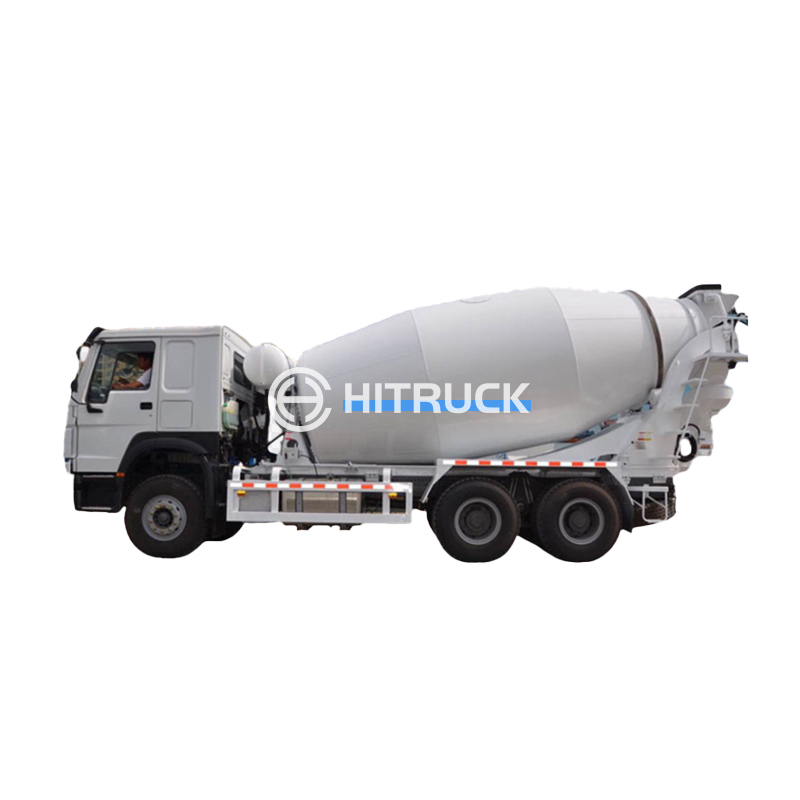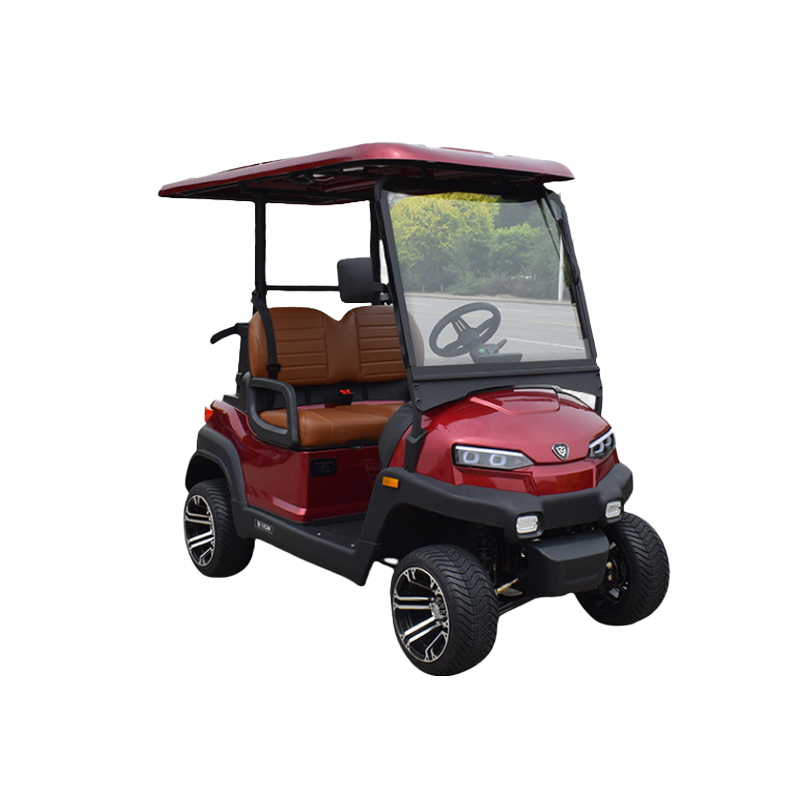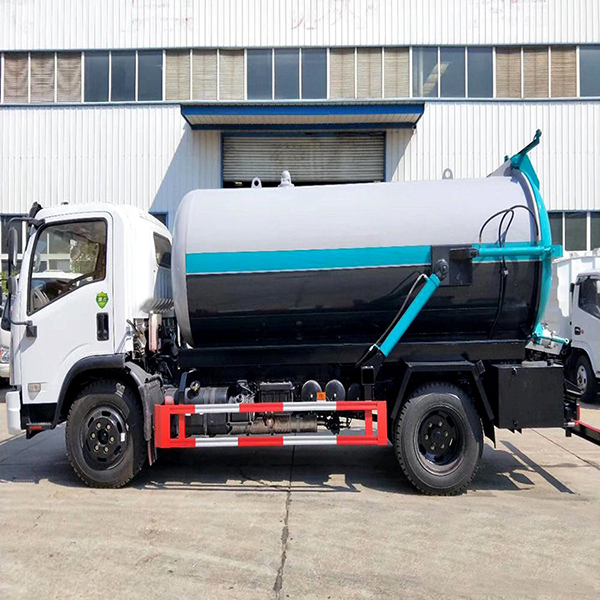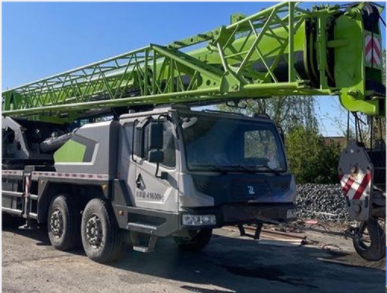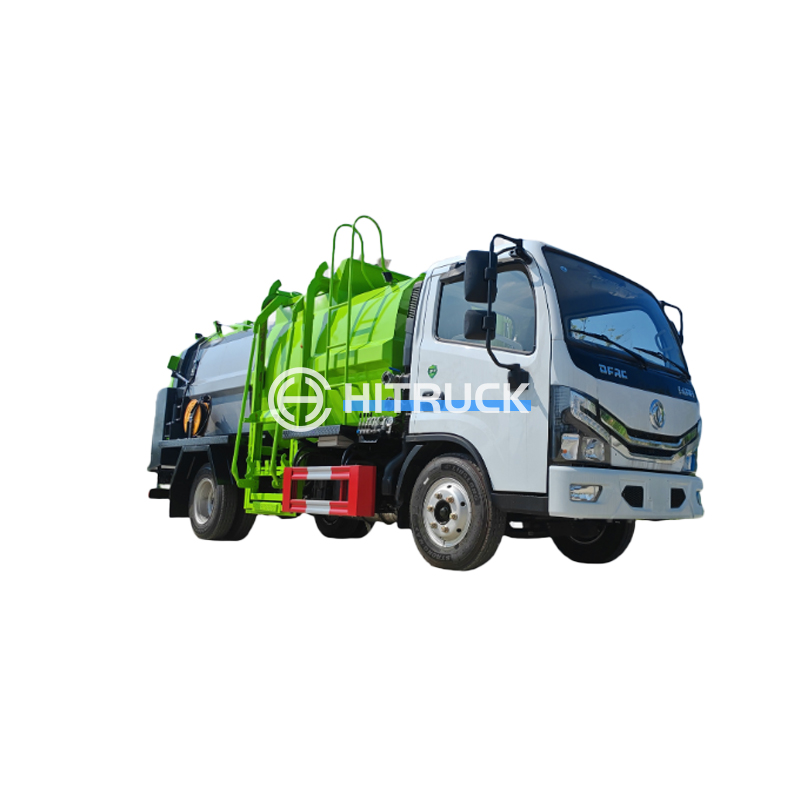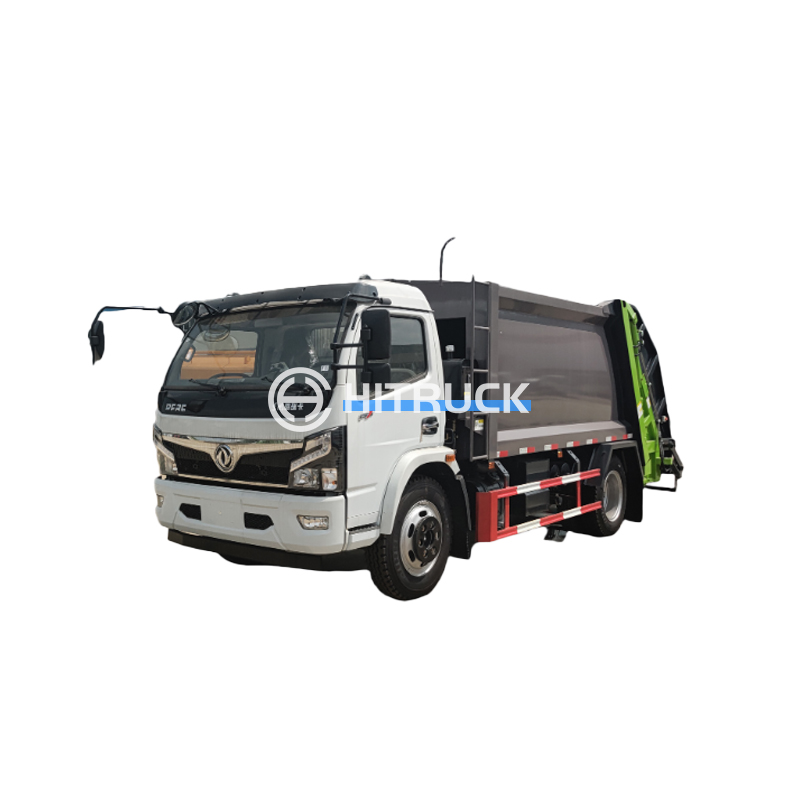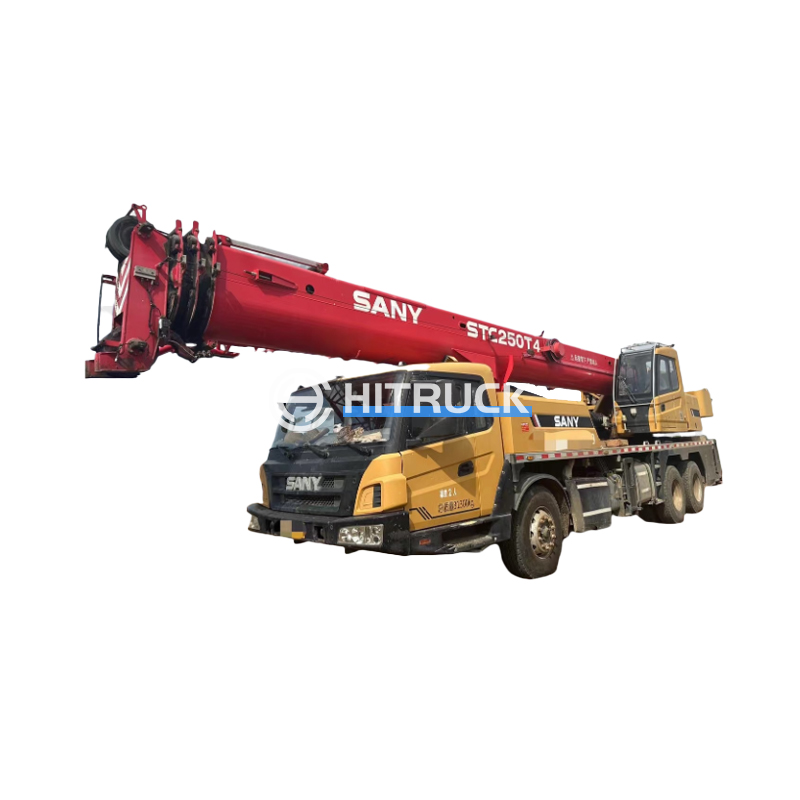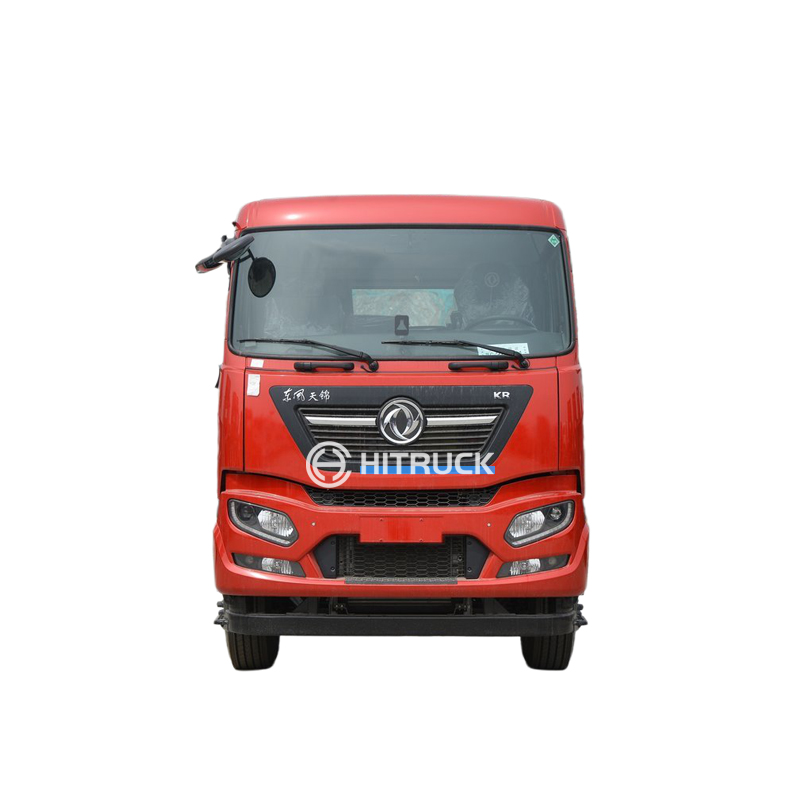This guide provides in-depth information on selecting the ideal pure water tanker for your needs. We'll cover crucial factors like capacity, material, features, maintenance, and regulations, helping you make an informed decision. Learn about various types of tankers, their pros and cons, and where to find reputable suppliers.
The capacity of your pure water tanker is paramount. Consider your daily, weekly, or monthly water requirements. Will you be transporting large volumes for industrial use, or smaller amounts for residential delivery? Accurate assessment prevents overspending or undercapacity. For large-scale operations, consider tankers with capacities exceeding 10,000 liters. Smaller operations may find 5,000-liter tankers sufficient. Always account for potential future growth when making your decision. Accurate capacity planning is key to efficient operations.
The application influences pure water tanker design and features. For instance, transporting purified water for drinking requires different standards and construction than transporting water for industrial cleaning. Consider factors such as the water's intended use, any required certifications, and local regulations. Specialized tankers may be needed for sensitive applications.
Stainless steel is the preferred material for many pure water tankers due to its corrosion resistance, durability, and ease of cleaning. This ensures water purity and extends the tanker's lifespan. High-grade stainless steel, such as 304 or 316, is often used to meet stringent hygiene standards. However, stainless steel tankers can be more expensive than other options.
Polyethylene (PE) and fiber-reinforced plastic (FRP) are lighter and less expensive alternatives. They offer good corrosion resistance, but may not be as durable as stainless steel. The choice often comes down to balancing cost, durability, and the required level of water purity.
Several features enhance the functionality and safety of a pure water tanker.
| Feature | Benefits |
|---|---|
| Compartmentalization | Allows for carrying different types of water simultaneously. |
| Level Indicators | Provides real-time monitoring of water levels. |
| Discharge Valves | Ensures efficient and controlled water dispensing. |
Table 1: Key Features of Pure Water Tankers
Regular maintenance is crucial for extending the life of your pure water tanker and ensuring water purity. This includes regular cleaning, inspections, and repairs. Adherence to local regulations regarding water transportation is mandatory. Failure to comply can result in fines or operational disruptions. Always consult with relevant authorities regarding permits and licensing requirements.
Selecting a reliable supplier is crucial. Look for companies with experience, a strong reputation, and a commitment to quality. Check for customer reviews and testimonials. For high-quality pure water tankers and related services, consider exploring options from reputable suppliers like Suizhou Haicang Automobile sales Co., LTD. They offer a range of vehicles to suit diverse needs.
Remember to thoroughly research and compare different suppliers before making a purchase. This ensures you get the best value for your money and a pure water tanker that meets your specific needs.

